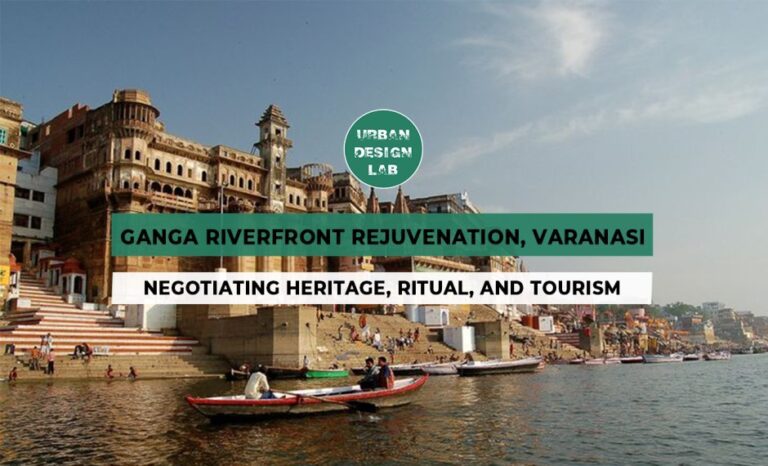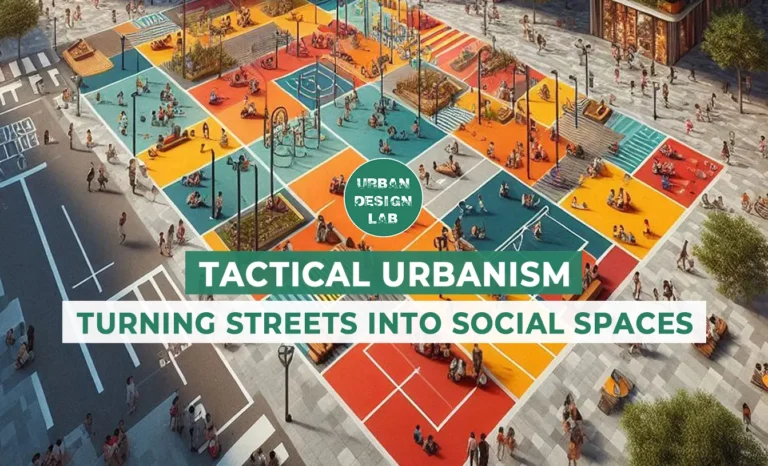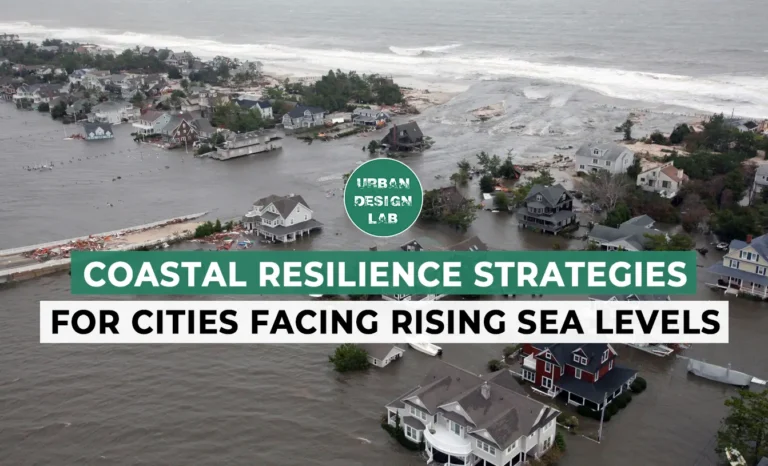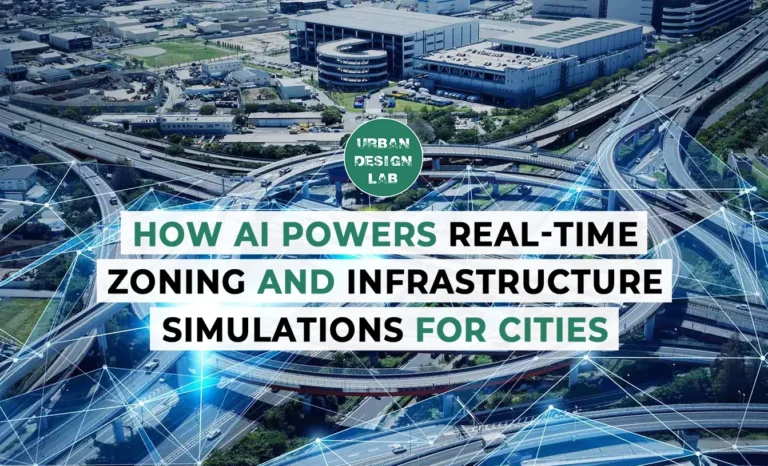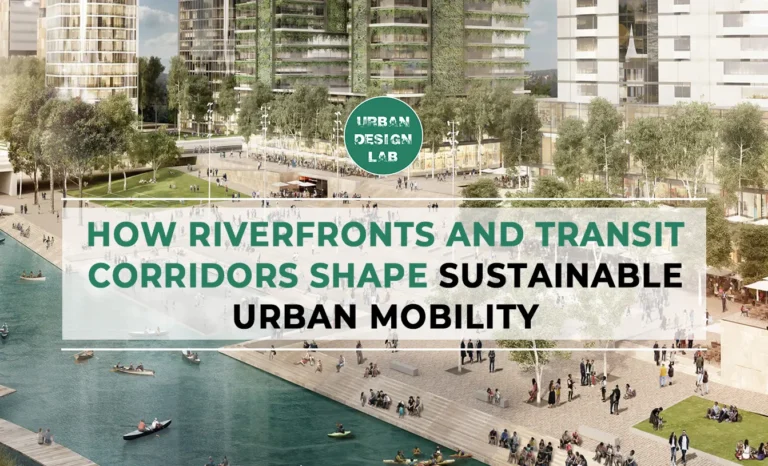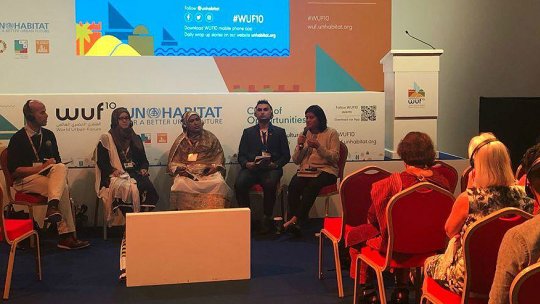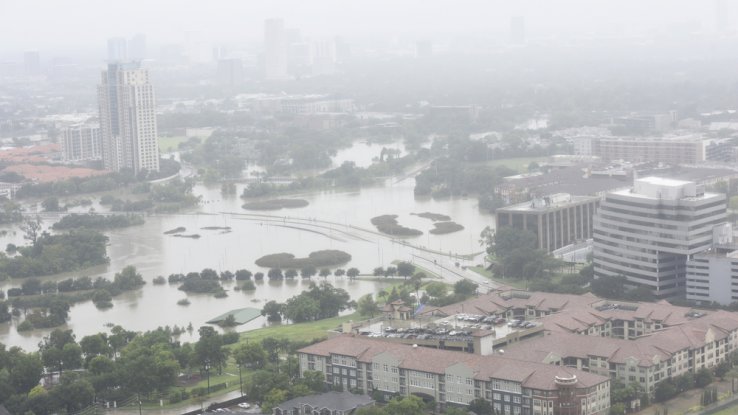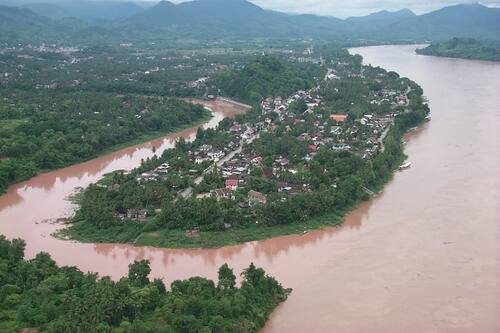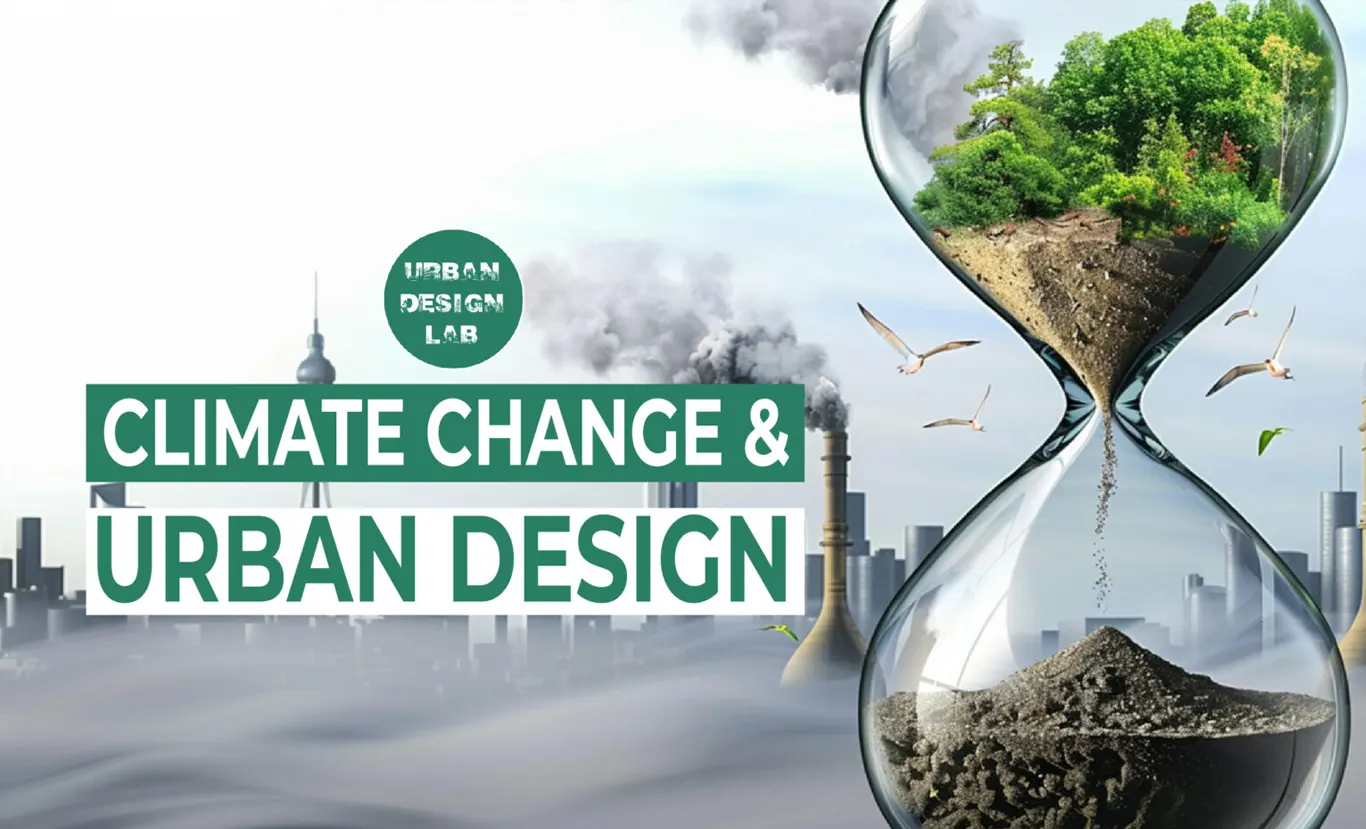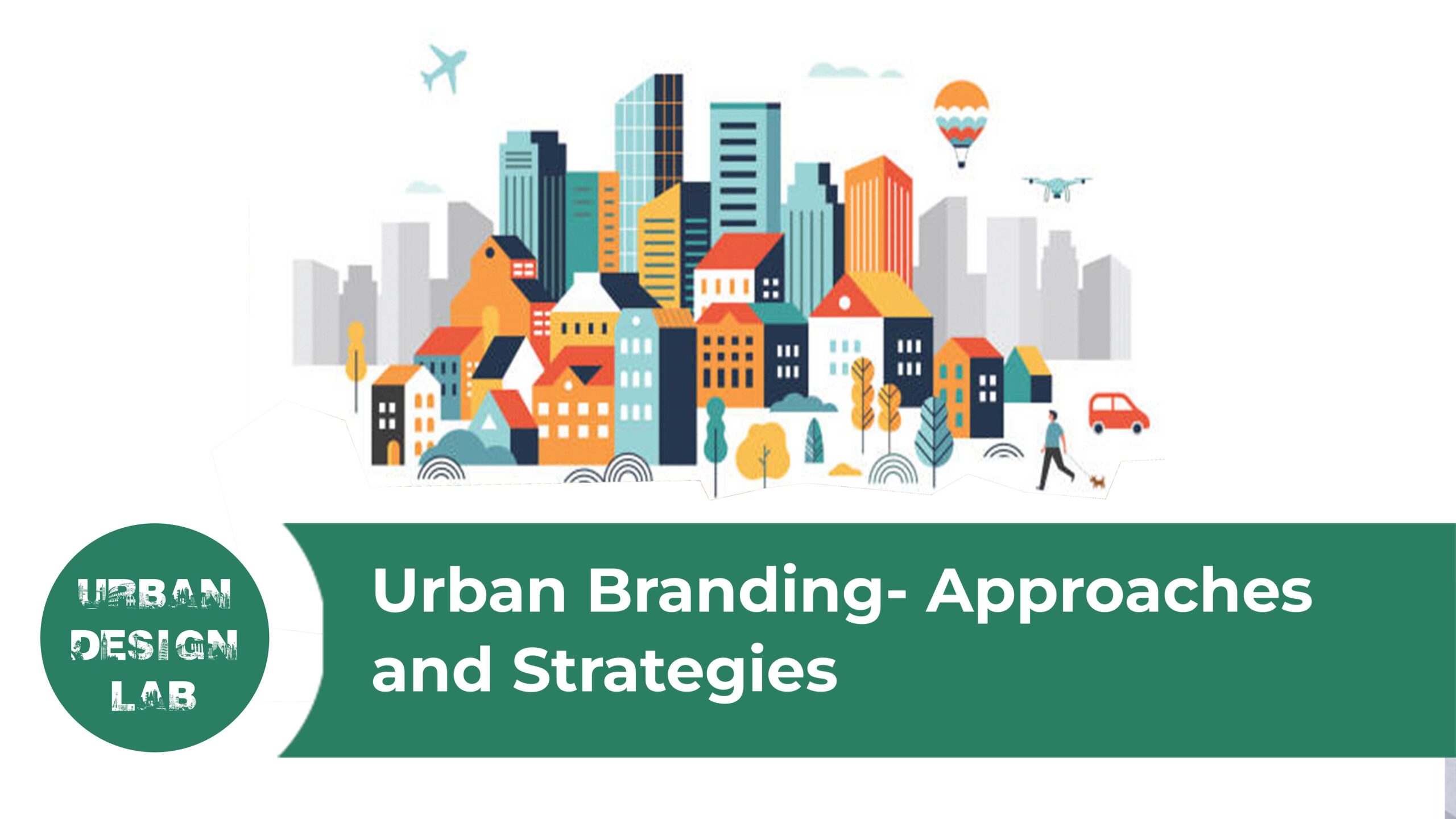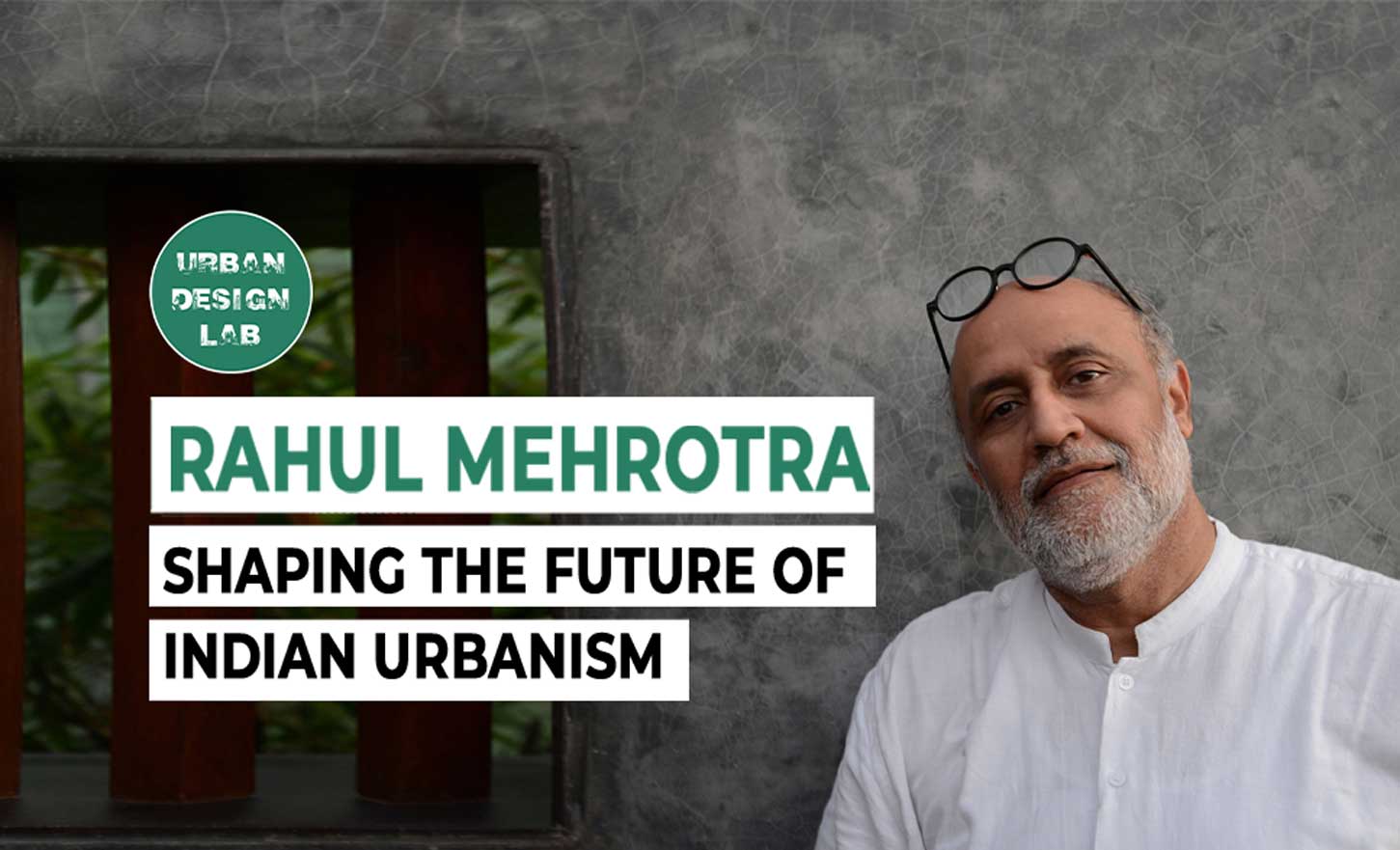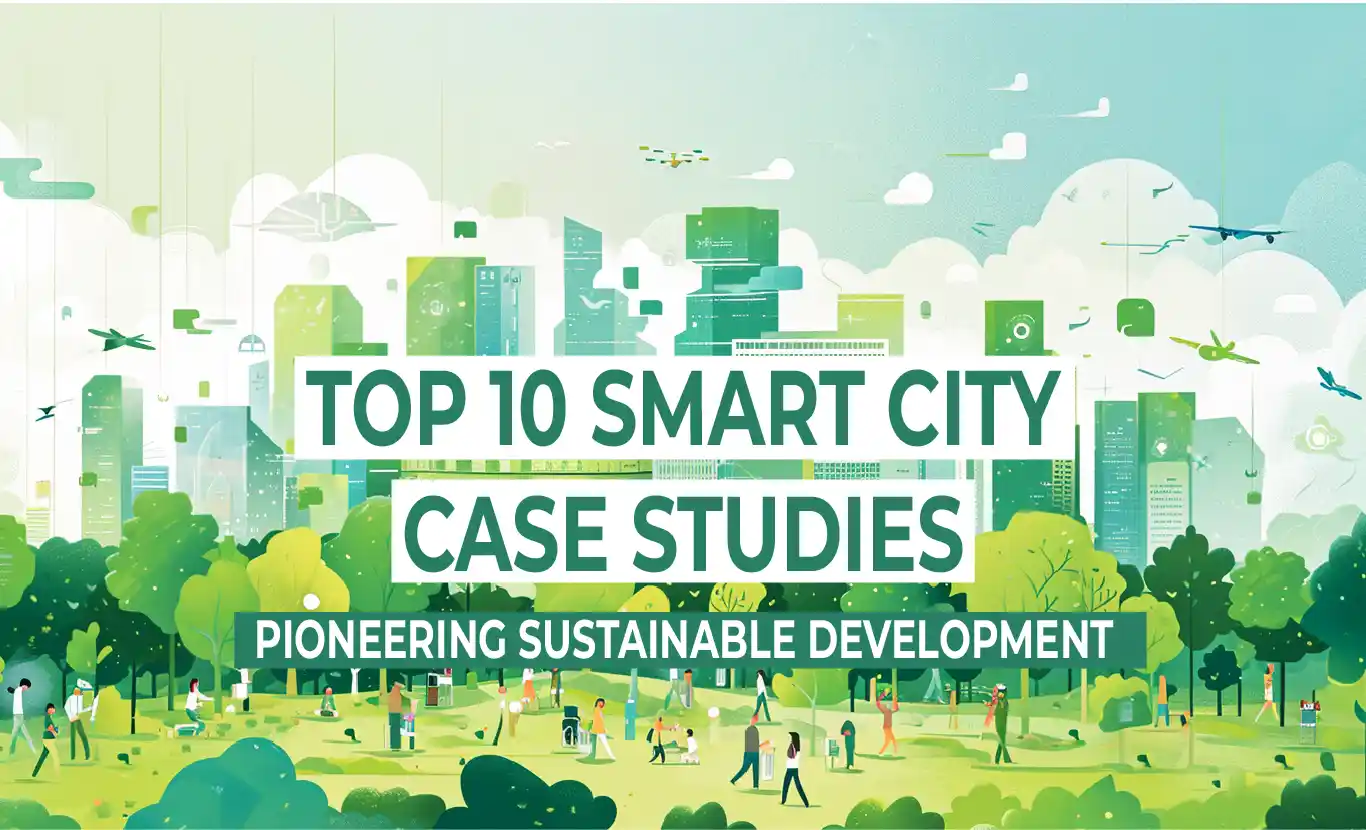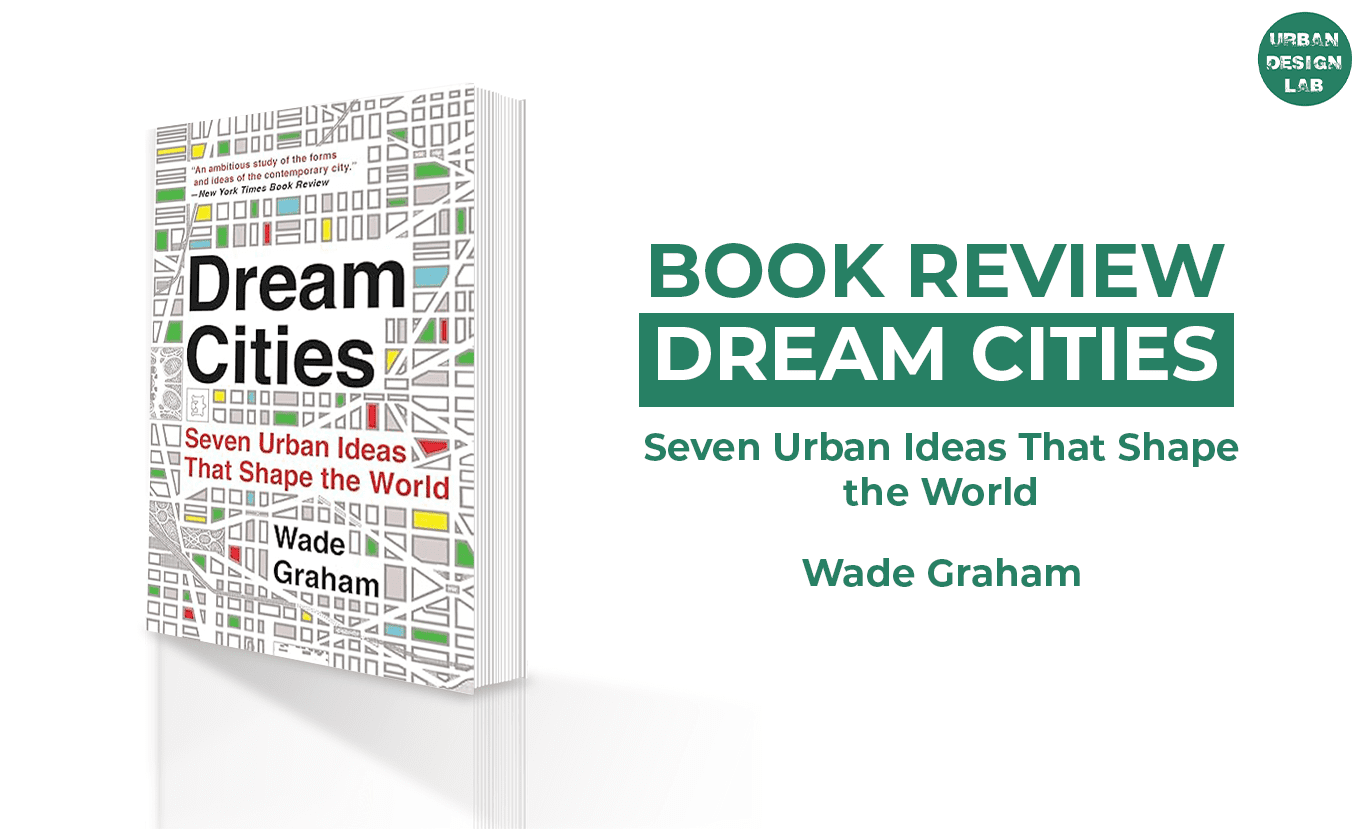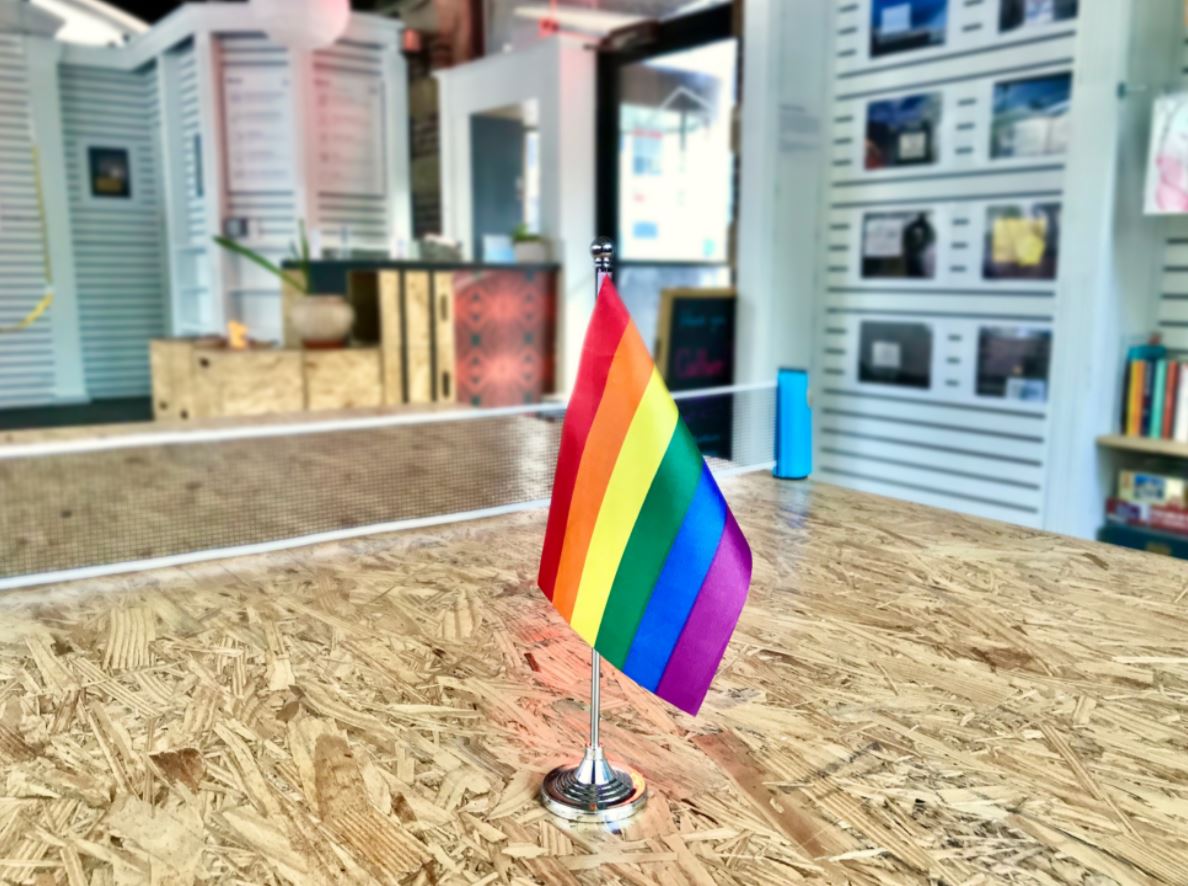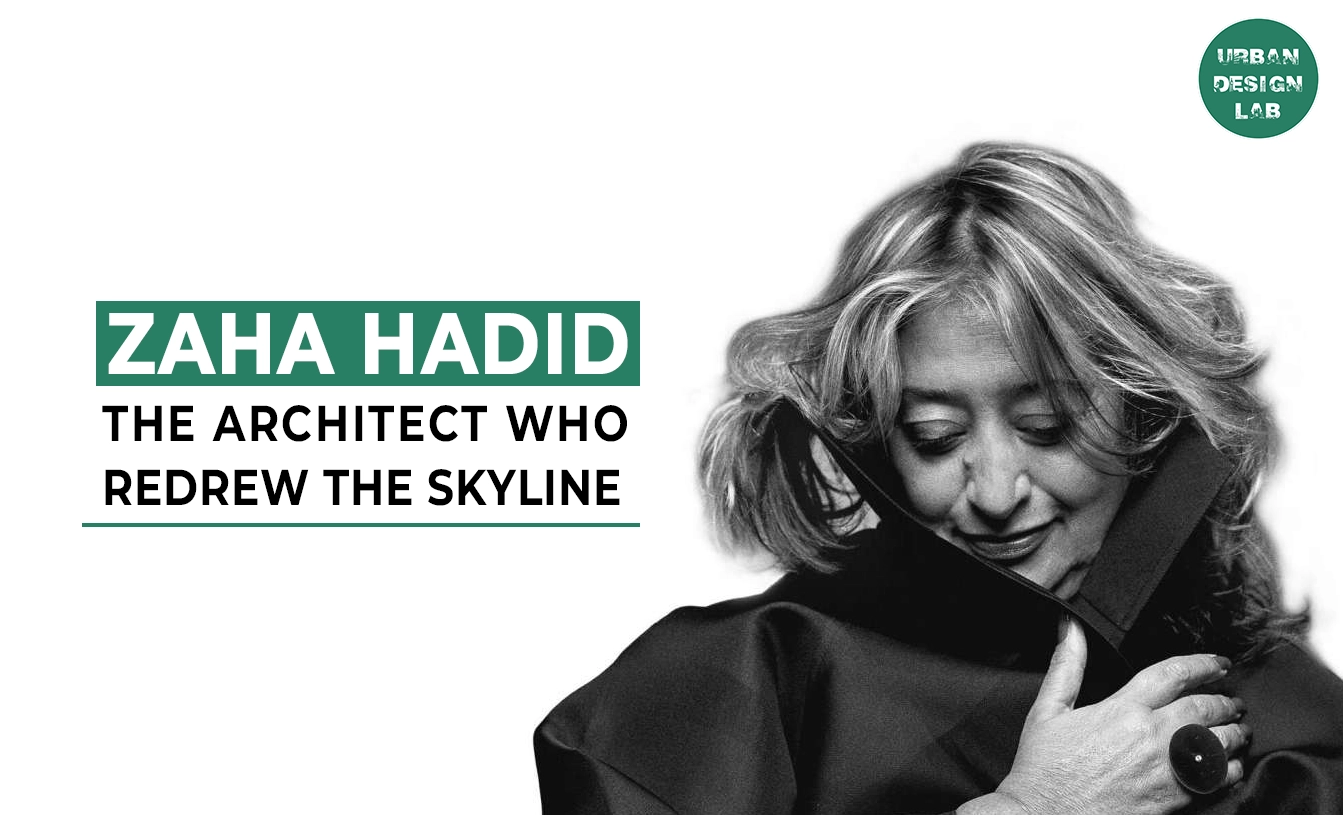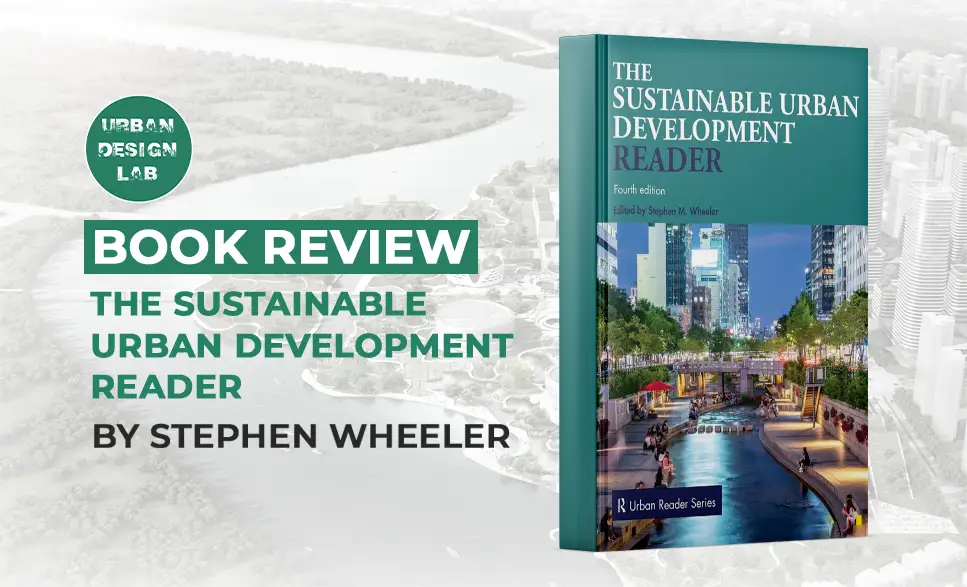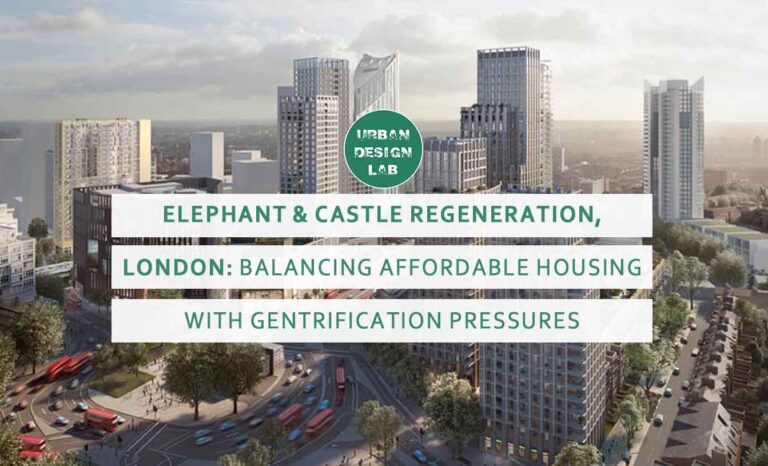
FUCHA RIVER | Cauce Arquitectura
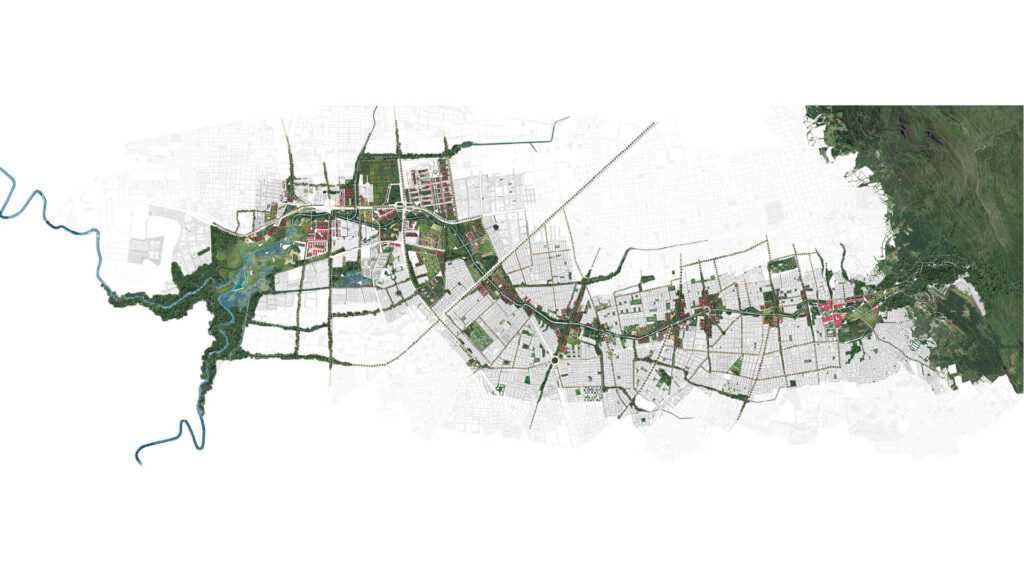
Bogotá is a city of great extension and with many inhabitants. Large cities, which tend to collapse in mobility, increasingly need housing solutions and services; This translates into an overflowing and absurd construction density over the territory. This construction density minimizes and completely strangles the percentage of optimal public space of square meters per inhabitant; Thus, the city becomes an artificial system that increasingly destroys its natural environment, in which its habitability conditions are not optimal for man.
The water systems that cross cities adopt an urban character and acquire, due to overwhelmed urban development, a social and cultural stigma; which translates into problems of urban conditions, pollution, insecurity, destruction of the territory and the ecosystem, collapses in mobility, and lack of public spaces. The most worrying is the ignorance and oblivion, which, as citizens, we have given to these water and biotic systems; turning them into dead spaces, non-places, dangerous places, not recognized by the inhabitants. Therefore, it is urgent to promote the re-significance and recognition of these systems, thus recovering their character of territorial computers and rediscovering their inhabitants with their territory.
To understand a city like Bogotá, its territorial, natural and geographical condition must be analysed; a capital established in a plain, contained by two very strong natural systems: the Eastern Hills and the Bogotá River in the West. Among these is the city, where three rivers cross transversely: Tunjuelo, Arzobispo and Fucha. These rivers, as water systems, must be protected and strengthened, as they are the key piece to weave biodiversity between the Bogotá River and the Hills.
It is vital, for the future development of Bogotá, to understand the structuring natural systems and generate territorial urban planning around these systems. If the city is planned in coherence with these natural systems, it is possible to strengthen its biotic systems and generate a more sustainable city; where the inhabitants can relate to their territory, in natural environments, without having to leave the city. Cycle through a system of wetlands, take an ecological walk towards the source of the rivers, or simply, appreciate and live with the nature close to the architecture.
If planning is considered based on the landscape and natural systems, more habitable and balanced cities are obtained, where nature becomes an essential part of living and not in a forgotten and dangerous territory, a backyard, a non-place from the city.
Organizer: District Planning Secretary. City of Bogotá
Architect: Cauce Arquitectura
Team members:
David Mesa
Osman Marín
Daniel Zuluaga
Juan Diego Martínez
Carolina Zuluaga
Sara Paris
Andrés Velázquez
Sebastián González
Alejandro López
Location: Bogota, Cundinamarca
Related articles
5-Days UDL GIS
Masterclass
GIS Made Easy – Learn to Map, Analyse, and Transform Urban Futures
Session Dates
14th-18th July 2025

Free E-Book
From thesis to Portfolio
A Guide to Convert Academic Work into a Professional Portfolio”
Recent Posts
- Article Posted:
- Article Posted:
- Article Posted:
- Article Posted:
- Article Posted:
- Article Posted:
- Article Posted:
- Article Posted:
- Article Posted:
- Article Posted:
- Article Posted:
- Article Posted:
- Article Posted:
Sign up for our Newsletter
“Let’s explore the new avenues of Urban environment together “


